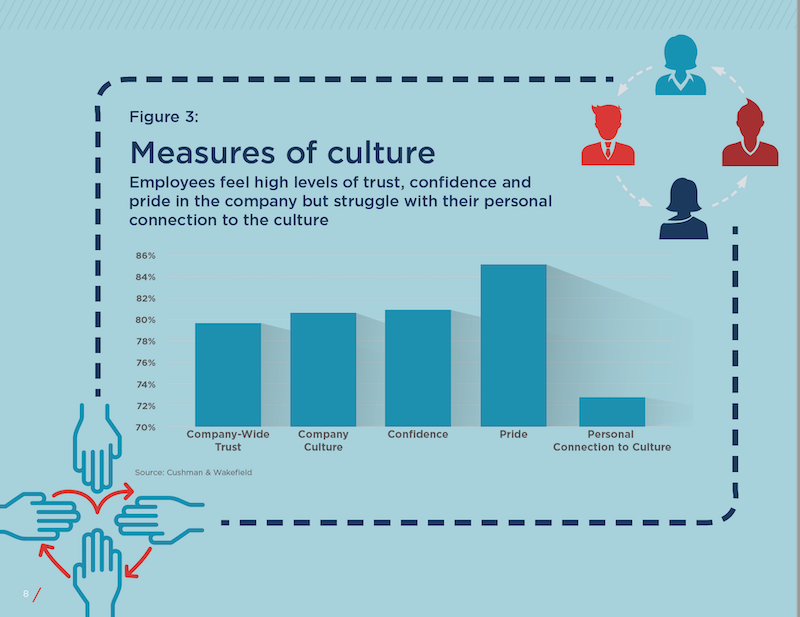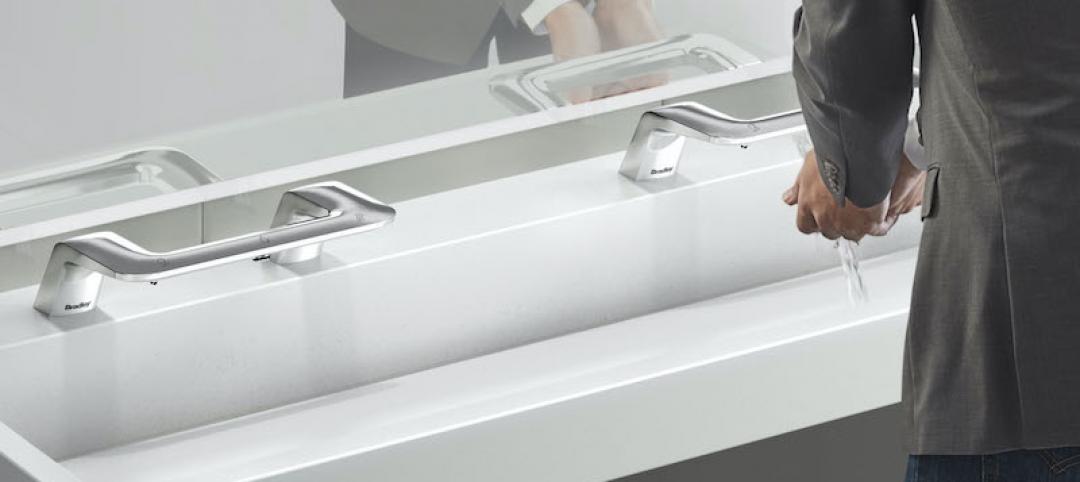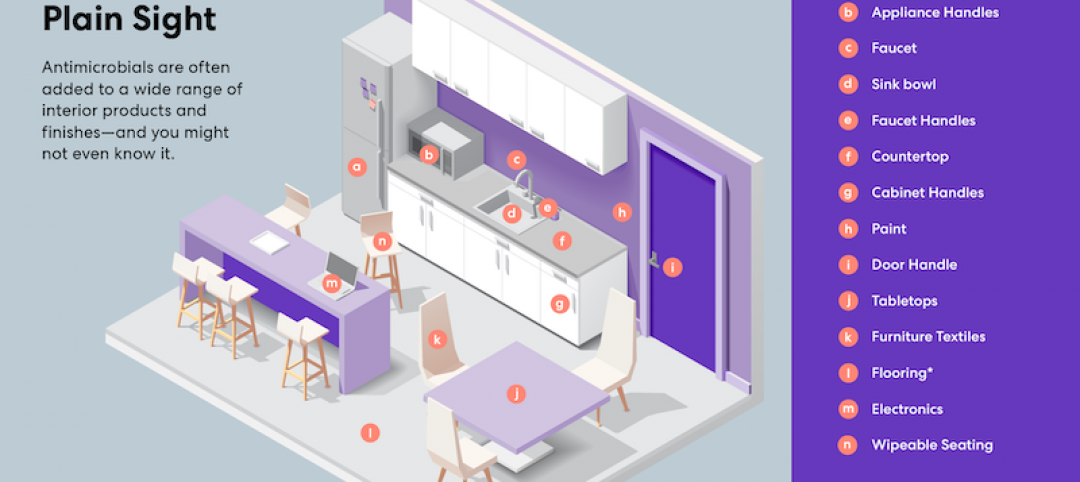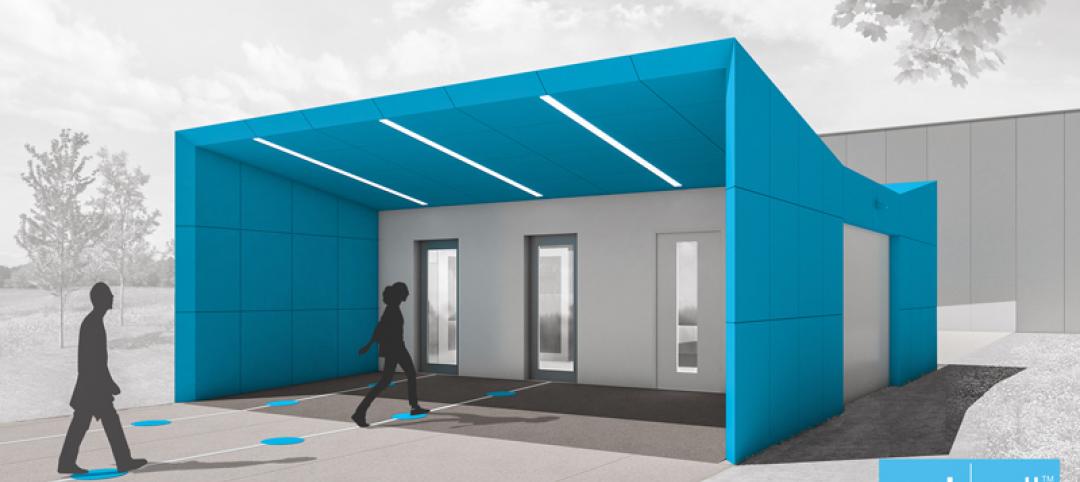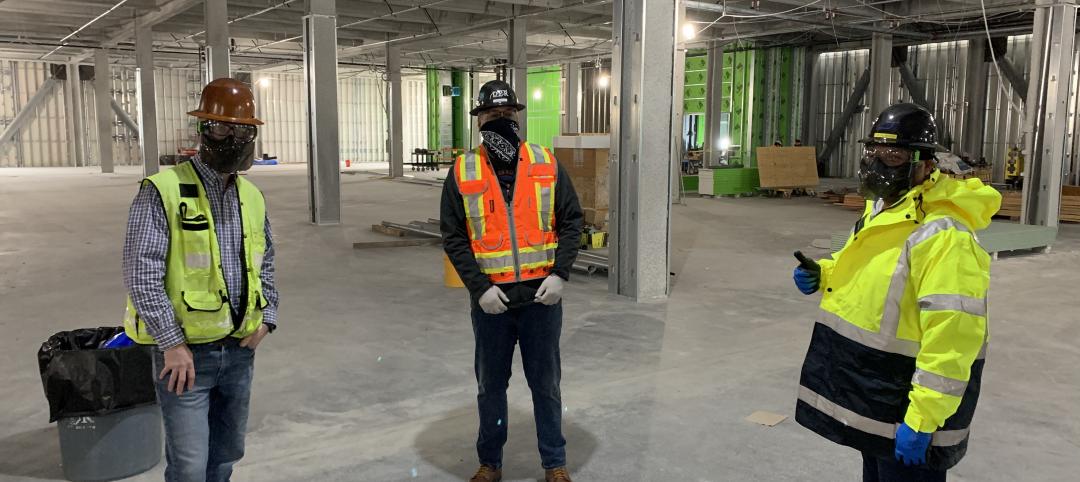During the coronavirus pandemic, millions of employees, both in the U.S. and worldwide, found themselves working from home in compliance with shelter-at-home mandates by governments. A new survey of more than 40,000 employees found that workers can be productive and collaborative anywhere, and actually prefer flexibility about where they are allowed to work from day to day. However, what’s eroded in the process is the cultural bond that connects employees to their companies, colleagues, and customers.
Consequently, the workplace has become an ecosystem that is a network of virtual and physical spaces. And the new purpose of the office is to provide inspiring destinations that strengthen the cultural connections, learning, and bonding with customers and colleagues.
“The office is where I feel part of the company,” Brett White, executive chairman and CEO of Cushman & Wakefield, said during an interview yesterday with CNBC’s Squawk on the Street program. Cushman & Wakefield is the author of this “Future of the Workplace” report, for which it analyzed more than 2.5 million data points driving workplace experiences for workers across the planet in the pre-COVID-19 era, and another 1.7 million data points from the survey’s respondents in the current work-from-home environment.
Also See: Using lighting IoT to inform a safer office reentry strategy
The report found a lot of enthusiasm for at-home work. Among the employees surveyed, 73% believes their companies should embrace some level of working from home, and 90% of employees feel they can be trusted to work remotely. Three quarters of those polled agree or strongly agree that they have been collaborating effectively with colleagues in the current environment, a 10-point increase from the pre-COVID-19 period.
 During the pandemic, employees assert they can be productive and collaborative working from home.
During the pandemic, employees assert they can be productive and collaborative working from home.
Those findings led Cushman & Wakefield to infer that “the enforced work from home means that using collaborative technology tools is no longer optional but an imperative, and employees are using them to their fullest.” Employees also believe that, despite the distractions attendant to working from home (including kids, pets, home schooling while schools are shut), they can be productive when called upon to focus.
Also see: Infection control in office buildings: Preparing for re-occupancy amid the coronavirus
But this survey also found that working from home isn’t always ideal. For one thing, not every house is set up adequately to replicate an office. And working from home seems to be tougher for younger employees: 70% of Gen Z and 69% of Millennials report challenges in remote working, compared to 55% of Baby Boomers.
The report suggests that people still struggle with remaining disciplined and energized during the day when they’re at home working. This continued to be the weakest experience outcome among respondents.
Overall wellbeing is also jeopardized when people work from home, not because they struggle to maintain a work/life balance but rather because they have less time away from work.
As employees return to offices, Cushman & Wakefield is cautioning companies to take time to understand people’s challenges and consider how they can support them. For example, salespeople have had the hardest time adjusting to at-home work requirements, as have R&D teams. Conversely, operations and support functions seem to have little downside from the at-home work experience.
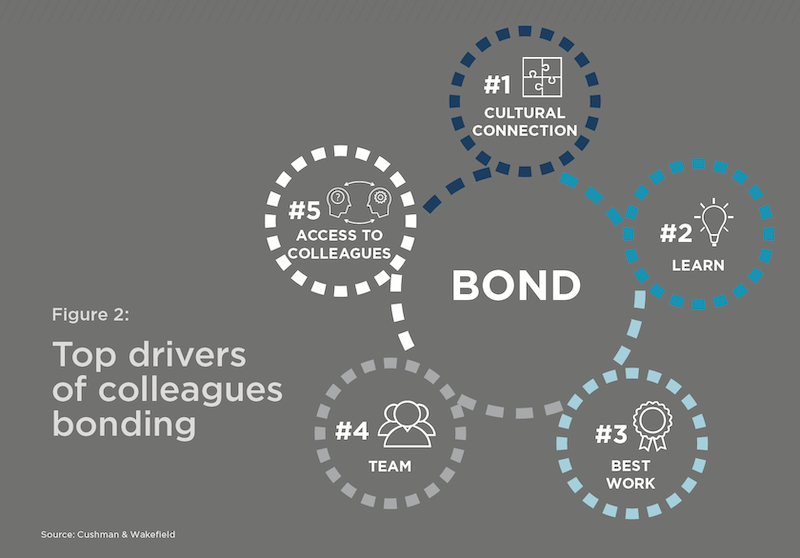 Among the factors that drive worker bonds, cultural connection still ranked tops. The Cushman & Wakefield report states that the cultural bond is harder to maintain when workers aren't in offices.
Among the factors that drive worker bonds, cultural connection still ranked tops. The Cushman & Wakefield report states that the cultural bond is harder to maintain when workers aren't in offices.
Also see: Office market could be COVID-19 casualty
Cushman & Wakefield also notes that flexible working practices can help companies enact social-distancing measures and new types of collaborative environments without needing to add more square footage. “If 50% of respondents who indicated they would increase their flexible working followed through on this, there would be no net change in footprint,” the report states.
Cushman & Wakefield expects organizations to embrace more remote working. “In doing so, we can reimagine the way we work and leverage location, time and technology to drive improved people, place and business performance.”
However, White told CNBC that, to maintain their “cultural adhesion,” companies would also limit the number of employees who to work from home permanently. He expects that number to be less than 10%, and possibly as low as 5-6%.
Related Stories
Coronavirus | Jun 12, 2020
BD+C launches 'The Weekly,' a streaming program for the design and construction industry
The first episode, now available on demand, features experts from Robins & Morton, Gensler, and FMI on the current state of the AEC market.
Coronavirus | Jun 9, 2020
Going viral: How the coronavirus pandemic could change the built environment
Architecture and construction firms—and their clients—are asking new questions about infection control as it pertains to people assembly, building wellness, and technology.
Fire and Life Safety | Jun 9, 2020
NFPA develops business reopening checklist for fire and life safety measures
The new checklist helps building owners and facility managers ensure fire and life safety as businesses prepare to re-open amid the coronavirus pandemic.
Coronavirus | Jun 9, 2020
CannonDesign unveils COVID Shield
As the world evolves its response to the COVID-19 pandemic, one clear reality is testing for the virus will be part of our daily lives for the foreseeable future.
Coronavirus | Jun 5, 2020
3 strategies to improve the wellness of building systems and gain tenant trust
Three operational issues that must be prioritized for every building in order to achieve tenant trust are air quality/ventilation, relative humidity, and building commissioning.
Coronavirus | Jun 2, 2020
5 ways to improve hand washing and minimize germs in public restrooms
Bradley Corp. offers five upgrades to make public restrooms more sanitary.
Coronavirus | Jun 2, 2020
Perkins and Will, Healthy Building Network advise against the use of antimicrobial building products
Even during a pandemic, antimicrobial building products may do more harm than good.
Coronavirus | May 30, 2020
A welcoming entry-point for wellness screening anywhere
Modular WorkWell™ ecosystem can process up to 40 people per minute.
Coronavirus | May 29, 2020
Black & Veatch, DPR, Haskell, McCarthy launch COVID-19 construction safety coalition
The NEXT Coalition will challenge engineering and construction firms to enhance health and safety amid the Coronavirus pandemic.
Coronavirus | May 27, 2020
Clean is the new Green as U.S. hospitality sector inches closer to reopening
Three design firms share their takes on what will make customers more comfortable about returning.


